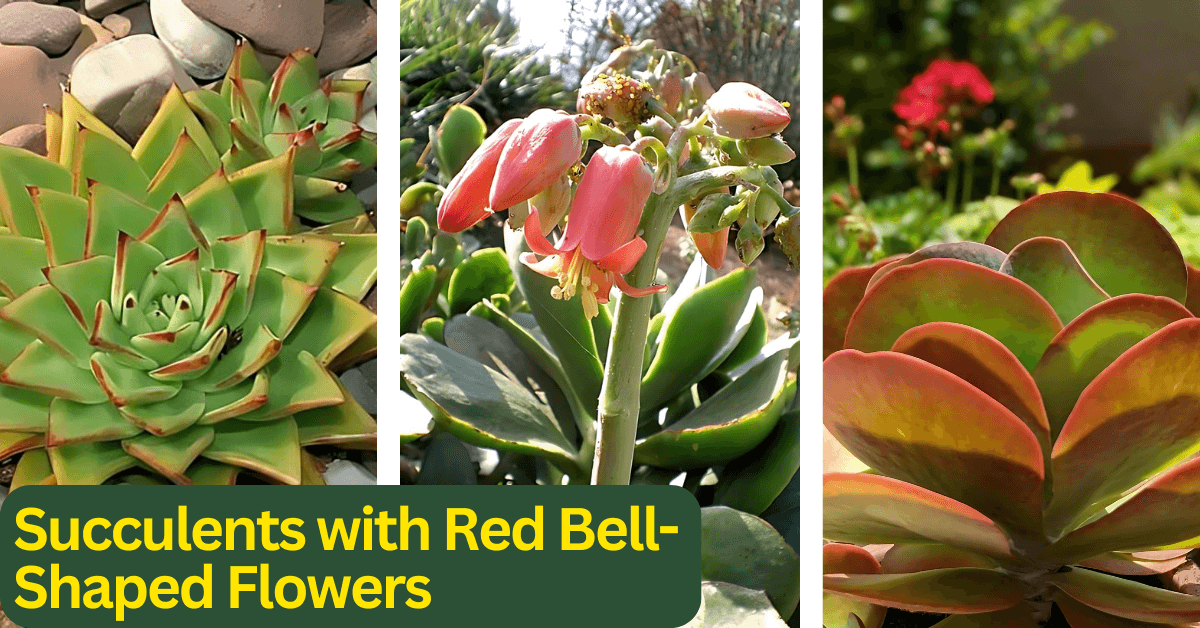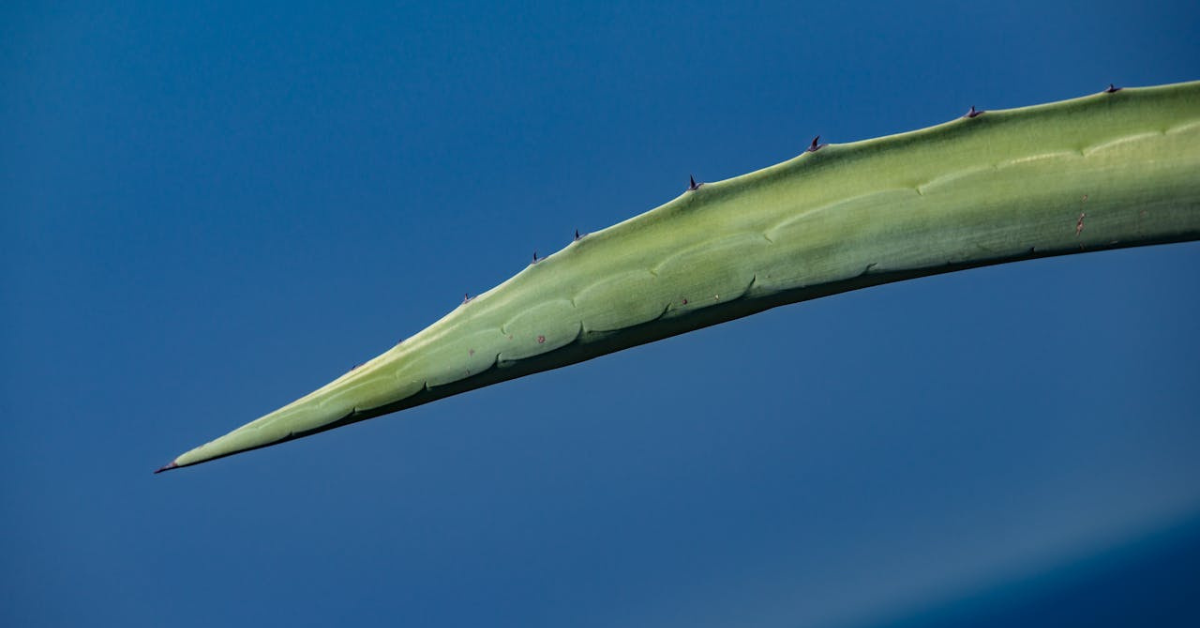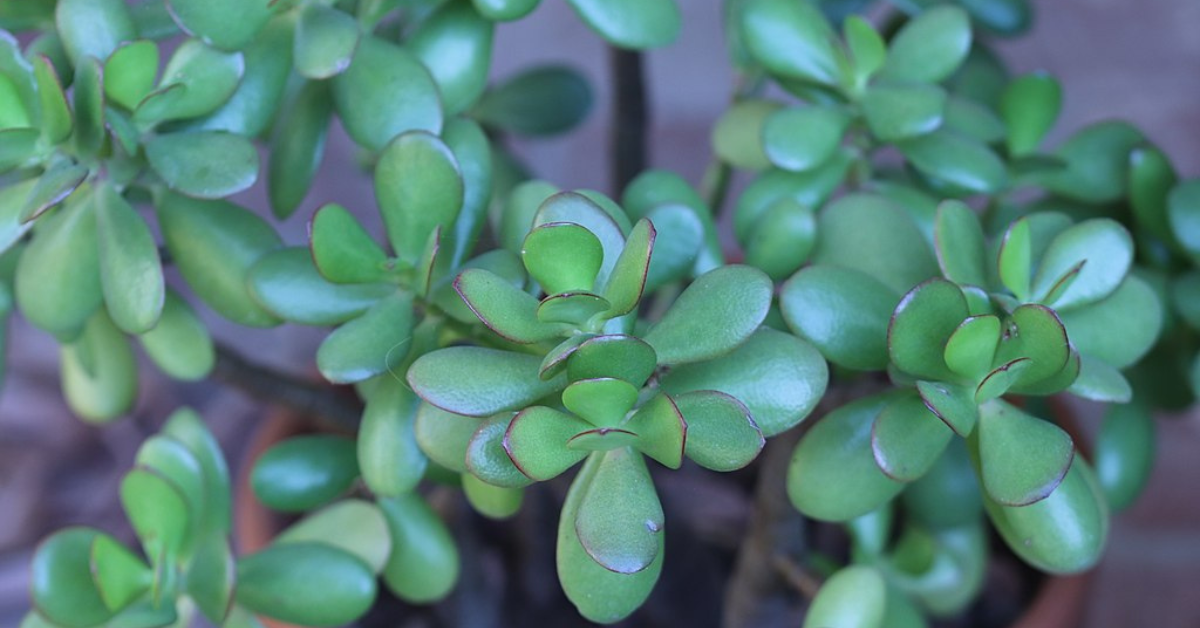IN THIS ARTICLE
Native to Madagascar, this exotic species purifies the surrounding air by absorbing pollutants and releasing oxygen.
The Chocolate Soldier Plant, also commonly know as panda plant is a popular succulent admired for its unique, velvety leaves. We can find them at most nurseries, garden centers, and plant shops. Identifying a chocolate soldier plant is simple: just look for a succulent with pale-green leaves, covered in grayish-white fuzz, and edged with chocolate brown spots.
Are you struggling with growing issues or unsure about care tips for chocolate soldier succulent plants?
Don’t worry. We’ve got you covered with detailed guidance to ensure your kalanchoe chocolate soldier plant thrives effortlessly.

| Common Names | The Chocolate Soldier Plant (Kalanchoe tomentosa) has a few variations and names often used interchangeably. Here’s a table outlining these types and their unique appearances: |
| Botanical Name | Kalanchoe tomentosa |
| Family | Crassulaceae |
| Plant Type | Succulent |
| Mature Size | 12-18 inches tall and wide |
| Sun Exposure | Full sun to partial shade |
| Soil Type | Well-drained, sandy soil |
| Soil pH | Neutral to slightly acidic (6.0-7.0) |
| Bloom Time | Rarely blooms indoors |
| Flower Color | Yellow, brownish |
| Hardiness Zones | 9-11 (USDA) |
| Native Area | Madagascar |
Types of Chocolate Soldier Plant
Chocolate Soldier Plants have various unique characteristics. Below is a table showcasing different types and their unique appearances.
| Type | Unique Appearance |
|---|---|
| Classic Chocolate Soldier | Fuzzy leaves with chocolate-brown edges |
| Panda Plant | Gray-green leaves with brownish or reddish tips |
| Cat’s Ears | Leaves shaped like cat’s ears, fuzzy texture |
How to Grow Chocolate Soldier Plant

Choosing the Right Location
When choosing a location for our Chocolate Soldier Plant, it’s important to find a spot that gets plenty of indirect sunlight. Direct sunlight can be too harsh and might scorch the leaves. A bright, east or west-facing window is perfect.
In case of an outdoor setup, make sure it’s a shaded spot with filtered light. The ideal temperature range is between 60-75°F (15-24°C). Avoid placing it in drafty areas or near heaters, as sudden temperature changes can stress the plant.
Choosing the Right Pot and Soil
Selecting the appropriate pot and soil is crucial for the plant’s health. We should opt for a pot with drainage holes to prevent waterlogging, which can cause root rot.
Terracotta pots are a great choice as they allow excess moisture to evaporate. The soil should be well-draining; a cactus or succulent mix works best. We can also mix regular potting soil with sand or perlite to improve drainage. Make sure the pot size is appropriate; it should be slightly larger than the root ball.
Planting Steps
- Fill about one-third of the pot with the well-draining soil mix.
- Place the Chocolate Soldier Plant in the center, carefully spreading out the roots.
- Add more soil around the roots, pressing it lightly to remove air pockets.
- Water the plant moderately immediately after potting, but ensure excess water drains out completely.
- Avoid watering again until the topsoil feels dry to the touch.
Monitor the plant in its new environment and adjust watering frequency based on its response.
How to Grow Chocolate Soldier Plant Indoor
To grow Chocolate Soldier Plant indoor, provide bright, indirect light, avoiding direct sunlight to prevent leaf scorch. Maintain a temperature range of 60-75°F and moderate humidity. Use a well-draining succulent mix and water only when the topsoil is dry. For best results, ensure good air circulation to prevent diseases.
How to Grow Chocolate Soldier Plant Outdoor
For outdoor growth, ensure the Chocolate Soldier Plant gets partial shade to protect it from intense sun. Use well-draining soil and a pot with drainage holes. Maintain temperatures between 60-75°F.
Check soil moisture regularly during the growing season and water only when the topsoil is dry to avoid root issues.
- Unique instruction: Place the plant in a location sheltered from strong winds.
Chocolate Soldier Plant Care: How to take care of a chocolate soldier plant?
| Aspect | Details |
|---|---|
| Watering | Moderate, let excess drain, dry topsoil |
| Fertilization | Balanced, water-soluble, half strength |
| Pruning | Trim leggy or overgrown stems |
| Repotting | Every 2-3 years, use fresh soil |
Taking care of our Chocolate Soldier Plant involves understanding its specific needs. Proper watering, fertilization, pruning, and repotting are essential to keep the plant healthy and thriving.
Watering Guidelines
Our Chocolate Soldier Plant requires careful watering:
- Water moderately.
- Ensure the excess drains out completely.
- Wait until the topsoil feels dry to the touch before the next watering.
- Overwatering can lead to root rot, so keep the soil on the drier side.
- During winter, reduce watering frequency as the plant enters a dormant phase and needs less moisture.
Fertilization Tips
Fertilizing our Chocolate Soldier Plant promotes healthy growth:
- Use a balanced, water-soluble fertilizer diluted to half strength.
- Apply it once a month during the growing season (spring and summer).
- Refrain from fertilizing in fall and winter when growth slows down.
- Over-fertilization can burn the roots, so always err on the side of caution.
Pruning Chocolate Soldier Plant
Pruning helps maintain the shape and encourages bushier growth:
- Trim any leggy or overgrown stems with sterilized scissors or pruners.
- Regular pruning keeps the plant compact and appealing.
- Remove dead or damaged leaves to improve air circulation and reduce the risk of pests and diseases.
Repotting
Repotting our Chocolate Soldier Plant every 2-3 years is necessary to refresh the soil and provide more space for root growth:
- Choose a pot slightly larger than the current one with good drainage.
- Carefully remove the plant from its old pot, gently shake off excess soil from the roots.
- Place it in the new pot with fresh succulent mix.
- Water moderately after repotting, then resume a regular watering schedule once the plant adjusts to its new environment.
By following these guidelines, we can ensure our Chocolate Soldier Plant remains healthy and vibrant.
Chocolate Soldier Plant Propagation
To propagate our Chocolate Soldier Plant, use leaf cuttings or offsets. Leaf cuttings should dry for 24 hours before planting in succulent soil. Provide indirect sunlight and keep soil lightly moist. Offsets can be gently removed and planted directly. Both methods ensure successful propagation and plant growth.
Propagation Methods
| Propagation Method | Recommendation | Difficulty | Comments |
|---|---|---|---|
| Leaf Cuttings | Allow to dry for 24 hours; use succulent soil | Medium | Effective for propagating chocolate soldier plant; requires patience |
| Offsets | Gently remove and plant directly | Easy | Faster method; ensures plant growth |
Common Issues and Solutions
Pests and Diseases
Our Chocolate Soldier Plant can be vulnerable to several pests, including:
- Aphids
- Mealybugs
- Spider mites
Regularly inspect the plant for signs of infestation. To address pests:
- Wash off pests with a water and mild soap mixture.
- Consider neem oil for an organic solution.
For fungal issues, ensure proper air circulation and avoid overwatering to prevent root rot. If the problem persists, utilize fungicides meant for succulents.
Troubleshooting Growth Problems
If your Chocolate Soldier Plant becomes leggy, it is likely due to insufficient light exposure:
- Relocate to a brighter spot with indirect sunlight.
A drooping Chocolate Soldier Plant typically indicates:
- Overwatering
- Poor drainage
Check the soil and pot to ensure effective drainage, allowing the soil to dry more between waterings.
Yellowing leaves could signal:
- Nutrient issues
- Stress from temperature fluctuations
Adjust your watering schedule and ensure a stable temperature environment for the plant.
| Common Issue | Potential Cause | Solution |
|---|---|---|
| Chocolate Soldier Plant leggy | Insufficient light | Move to a brighter location with indirect sunlight |
| Chocolate Soldier Plant drooping | Overwatering, poor drainage | Check soil and drainage, let the soil dry more between waterings |
| Yellowing leaves | Nutrient issues, temperature stress | Adjust watering, ensure stable temperatures |
Benefits of Growing Chocolate Soldier Plant
Growing Chocolate Soldier Plant offers unique aesthetic appeal with its velvety, brown-edged leaves. It requires minimal maintenance, making it ideal for beginners. Its drought-tolerant nature ensures survival in varying conditions.
Additionally, it purifies indoor air, enhancing our living space. Perfect for adding a touch of nature to any home.
| Benefit | Description |
|---|---|
| Aesthetic appeal | Unique, velvety, brown-edged leaves |
| Minimal maintenance | Ideal for beginners |
| Drought-tolerant | Ensures survival in varying conditions |
| Improves air quality | Purifies indoor air |
| Enhances living space | Adds a touch of nature to any home |
Conclusion
Our chocolate soldier succulent plant can thrive with the right care, from selecting suitable soil to maintaining proper lighting. We encourage you to explore other fascinating succulents like the Jade Plant or Aloe Vera that can also elevate your indoor garden aesthetic while being relatively easy to maintain.
Frequently Asked Questions
The name originates from its velvety leaves adorned with brown edges that resemble chocolate.
You Might Also Like ✾
Table of Contents Introduction to Cactus: Cacti are the desert plants famous for their ability to survive in dry/arid environments.…
Photo: PEAK99, CC BY 3.0, via Wikimedia Commons It is not hidden that kalanchoe succulent (kalanchoe blossfeldiana) is famous for…
Table of Contents The kalanchoe blossfeldiana is one of the most common succulent in Kalanchoe genus beside others like Kalanchoe pumila, and…
Table of Contents There is nothing better than adding new baby plants to your garden and watching them grow. There…
Table of Contents Succulents are a must-know if you are fond of plants that are easy to maintain. These unique…
Growing a new Aloe Vera plant from broken leaves is one of the easiest methods to propagate Aloe Vera plant. To propagate, you…












